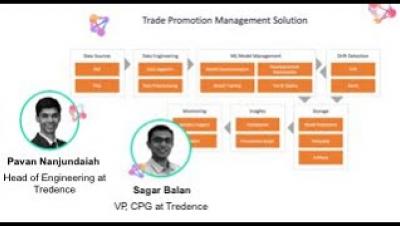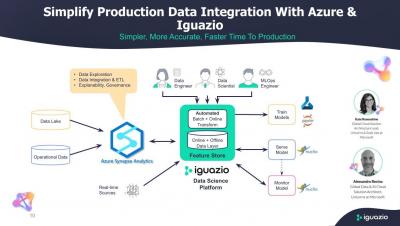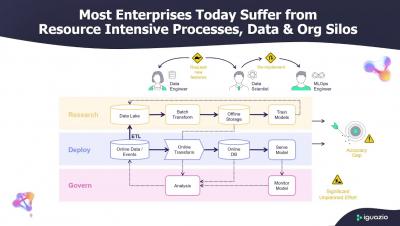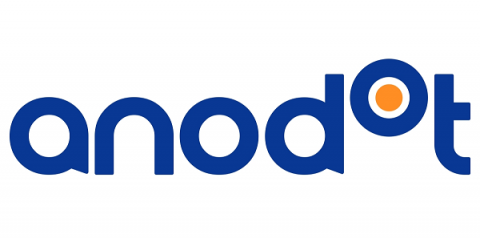Systems | Development | Analytics | API | Testing
Analytics
Automated Model Management for CPG Trade Effectiveness
Automating and Governing AI over Production Data on Azure - MLOPs Live #14 w/Microsoft
Industrializing Enterprise AI with the Right Platform - MLOps Live #9 - With NVIDIA
Simplifying Deployment of ML in Federated Cloud and Edge Environments - MLOPs Live #12 - with AWS
How Feature Stores Accelerate & Simplify Deployment of AI to Production MLOPs Live #13
The breakdown:
00:00 - Intro
02:15 - MLOps Overview
05:03 - Feature Engineering
07:44 - MLOps Workflow
10:44 - Solution: Feature Store
14:25 - Feature Store Competitive Landscape
17:03 - Features of a Feature Store
21:01 - CTO: Feature Store Sneakpeak
25:55 - Python Code example
27:57 - ML Pipeline example
30:07 - Covid-19 Patient Deterioration
33:26 - LIVE DEMO
52:45 - QA
7 More Databox Integrations Now Support Custom Date Ranges
Virtualized environments need a new kind of monitoring
5G is in the process of transforming communications technology, enabling never-before-seen data transfer speeds and high-performance remote computing capabilities. As a cloud-native application, 5G provides advantages in terms of speed, agility, efficiency and robustness.
The Complete Guide to ETL with Teradata
Transferring data is a hassle if you don't have the right tools, particularly when you're transferring from multiple sources or in various formats. Fortunately, you can use tools to make the entire ETL process simpler and less prone to error. Platforms like Teradata make it easy to get your data where it needs to go.
5 Tips on Avoiding FTP Security Issues
Flat files are files that contain a representation of a database (aptly named flat file databases), usually in plain text with no markup. CSV files, which separate data fields using comma delimiters, are one common and well-known type of flat file; other types include XML and JSON. Thanks to their simple architecture and lightweight footprint, flat files are a popular choice for representing and storing information.










